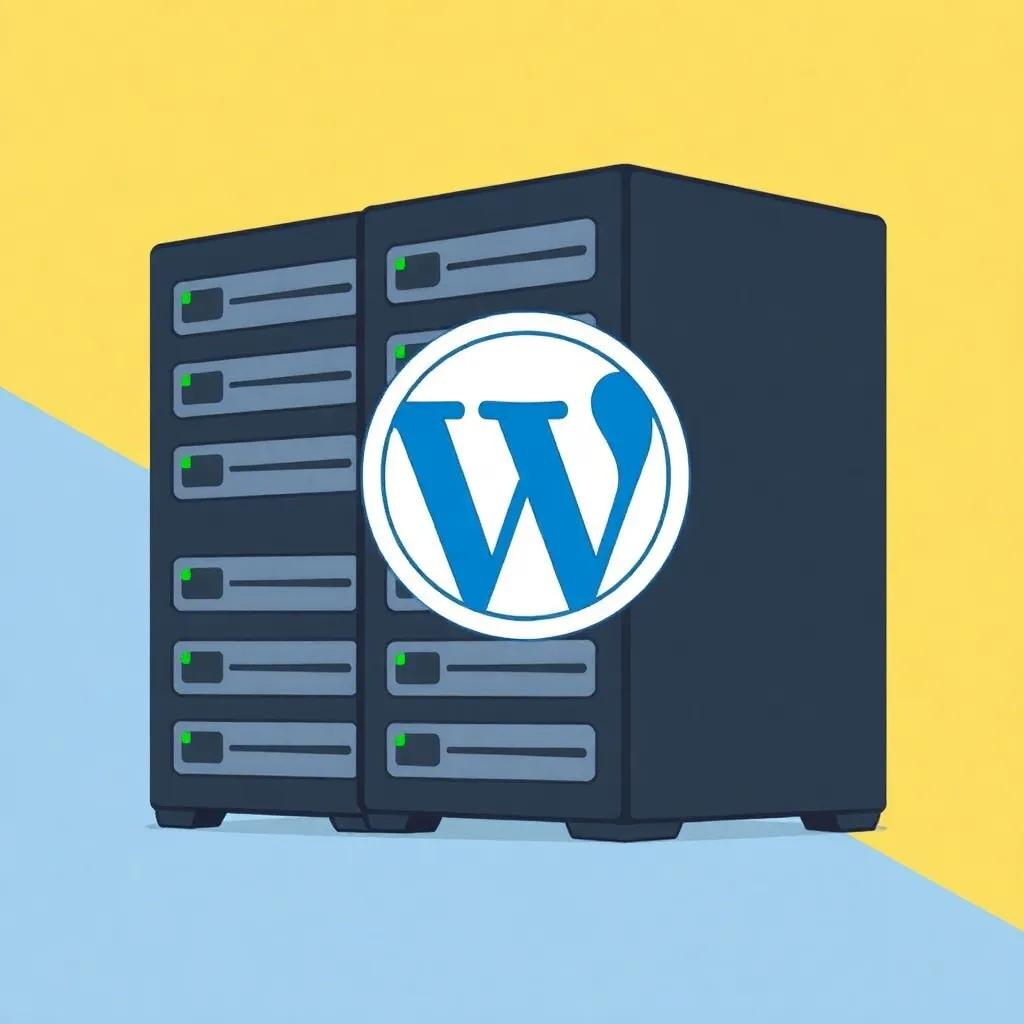Content Management Systems are enjoying increasing popularity. No wonder: Thanks to the graphical interface and numerous plug-ins, users can benefit from a high degree of user-friendliness, extensive functions and excellent results. Content Management Systems do not require any programming skills and will become more and more important in the future. We explain the basic functions and advantages of content management systems.
What is a Content Management System?
The term Content Management System (CMS for short) refers to software with which content can be collaboratively created, edited and organized. Content management systems are mainly used for the establishment of webshops, blogs or internet presences. Content management systems offer the advantage that they can be operated with comparatively little programming and HTML knowledge. Most of the systems have a graphical user interface that can be easily operated. Content management systems are designed in such a way that they can be operated by several users. These can be provided with different access rights, so that a high level of security is ensured. The data management of a CMS is designed to be media-neutral. Content can be retrieved as HTML or PDF documents if required - the formats are generated from the system's database only after the query. Probably the best known content management systems (open source) are WordPress, Drupal and Joomla. In the German-speaking area, TYPO3 is primarily used.
Advantages of Content Management Systems
Although it is more appropriate to refer to a web content management system instead of a content management system, the term CMS is predominantly used for systems with which websites are created. Content management systems are software applications that have been developed for the creation and maintenance of websites. In order to operate the CMS, it is installed on a web server, i.e. uploaded to a web hoster. Then the CMS is installed on the server of the web hoster. Programming is not necessary - changes can be implemented conveniently via the graphical user interface. A Content Management System can be compared to a word processing program. The user does not need any programming knowledge and can manage the maintenance of his website or his blog with a few simple steps. With a content management system, the layout and content of a website are always separated. The layout is connected to the CMS by templates and is then available for all pages. Changes to the layout of the website are made much easier by separating it from the content. As soon as a new logo or similar is to be integrated, this can be defined centrally in the template, i.e. there is no need for integration on individual pages. As soon as new subpages or articles are to be added to the website, the navigation can be adjusted with just one click. A manual adjustment of the subpages is not necessary. The separation of content and layout ensures that all individual pages appear in a uniform framework. This leads to an increased recognition value of the homepage. The user-friendliness of content management systems is extremely high: Due to the separation of layout and content, users can fully concentrate on the creation of content - page texts, navigation elements & Co. automatically adapt to the design of the homepage. Due to the simple handling, virtually anyone can build a website or blog and maintain it without programming knowledge.
Financial advantages and versatile functions
The contents of databases can be easily managed with content management systems. Texts, graphics, links and documents are stored in libraries and databases via the CMS. The use of content management systems enables website operators to maintain and update their sites independently. Content can be changed and expanded as desired without the need to use external service providers. This saves time and financial resources and means that the website can be built according to individual ideas. Content management systems automatically create a responsive design, i.e. the created content is displayed correctly on all end devices such as laptops, smartphones and tablets. Social media websites such as blogs are characterized by the possibility of user integration. Users can write comments or leave guestbook entries. Content management systems can efficiently provide and manage comment functions. Content management systems allow the establishment of several websites that act independently of each other. With plug-ins, the functions of CMS can be individually extended, resulting in a high degree of personalization. CMS are platform independent, as they are written in script languages. Therefore Content Management Systems can be processed by most web servers like Apache, nginx and IIS.
The future of content management systems
Content management systems have made it easier to publish and maintain websites. To ensure high performance, content management systems are usually stored on servers of web hosts. In the future, CMS will be used more and more. Since a large part of the population does not have programming skills, but the establishment of blogs, websites or online shops in the private and commercial sector is becoming increasingly important, content management systems will be expanded more and more. This development is already foreseeable today.



